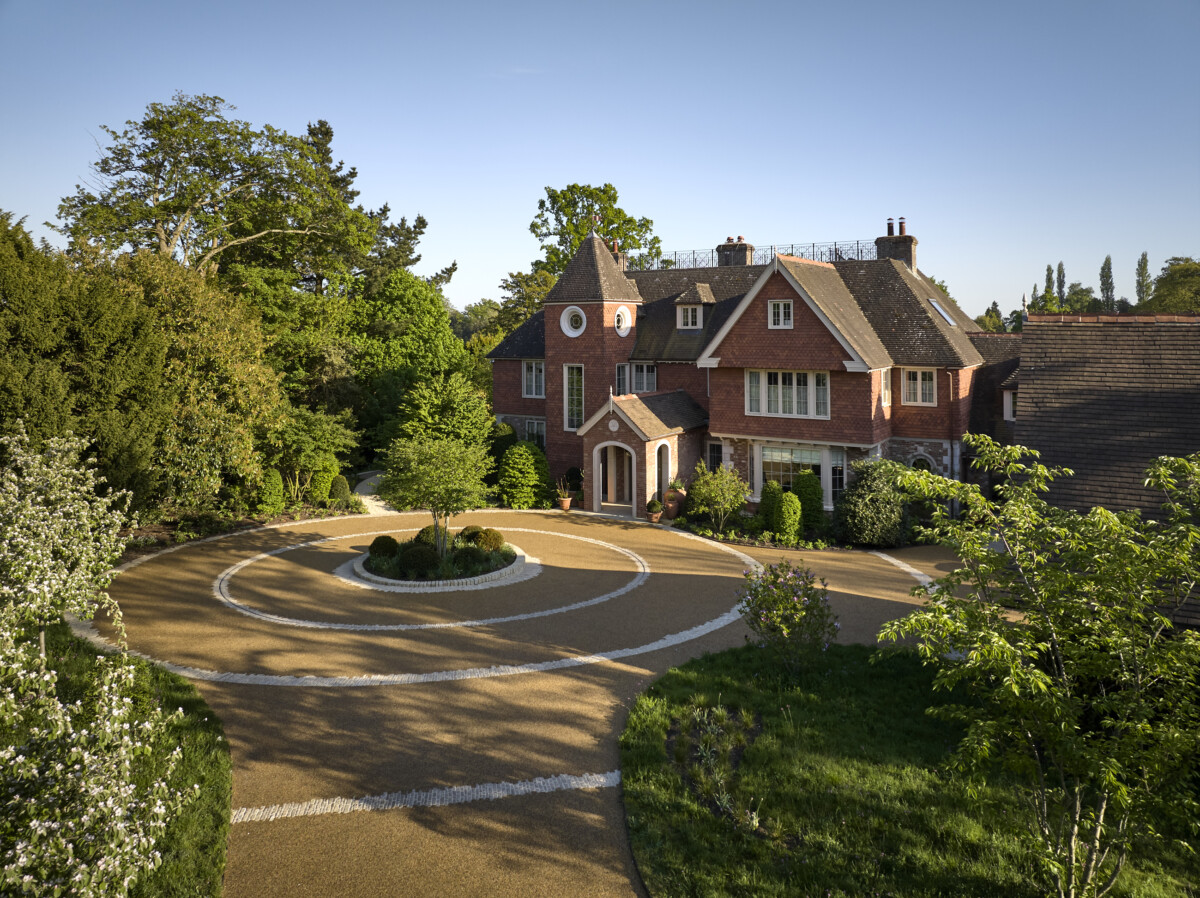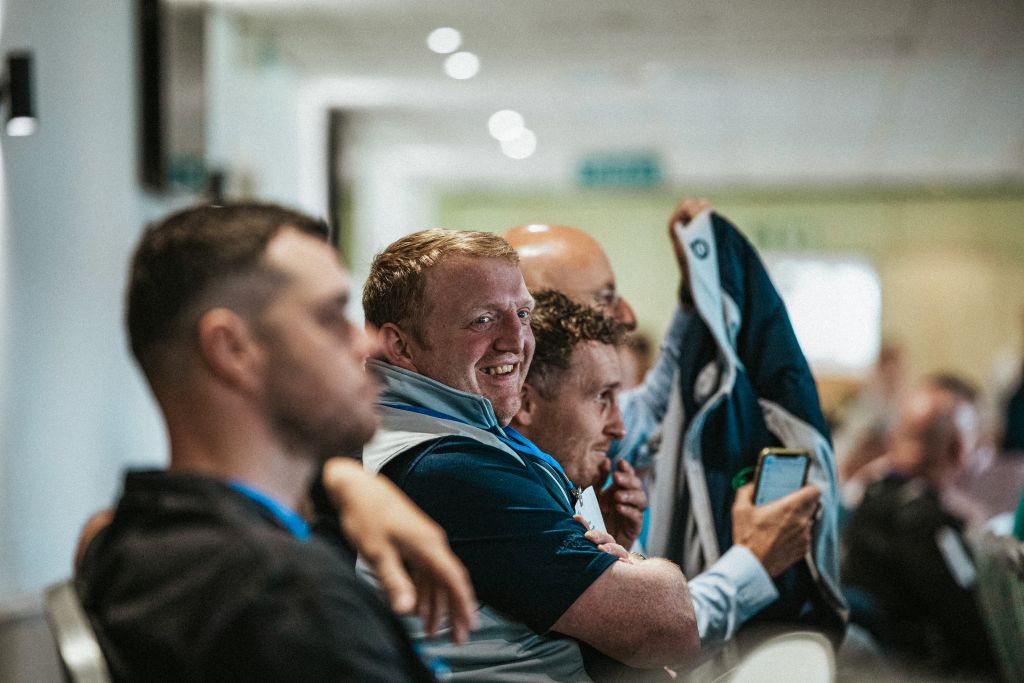Pitch perfect: Scott MacCallum talks with Yves De Cocker, of PitchTecConcept, about his role in ensuring that our wonderful new stadiums have pitches to match.
It really has been a 21st century phenomenon. You can barely visit a city or large town without coming across one, and the transformation from the previous incarnations to what we have today is truly startling.

Pitch perfect
I’m talking about modern sports stadiums.
We’ve certainly come a long way from the grounds – they weren’t called stadiums in those days. Remember the old fashioned terraces, sometimes covered at the home end – a luxury the visiting supporters were rarely afforded? And the stands – where counter intuitively people sat – but often behind pillars, meaning a well-practiced neck swivel to retain continuity of the action.
Nostalgic? Undoubtedly. Comfortable? Never.
The new stadiums? On-site parking; not a bad view in the house and comfort of a level you’d expect to find at the Royal Opera House. No more cricking of your neck . And even better! If you miss a bit you can catch up on the giant screens at either end of the ground. Some stadia even have retractable roofs so the players won’t get wet, never mind you.
As I say, they are a phenomenon. But there have been, and still are, teething problems. With 360 degree stands, air doesn’t circulate, and the sun doesn’t have a chance to do its stuff to the turf. Pitches were being replaced on such a regularity that it was giving the Finance Director, never mind the Head Groundsman, palpitations.
Solutions have emerged – retractable pitches, grow lights etc- but there is still an issue that what has been regarded as the best stadium is not somewhere which is conducive to the growing of grass.
One man who wrestles with these issues on a daily basis is Yves De Cocker, the Managing Director of PitchTecConcept, and a man who has spent the last 20 years solving problems at some of the biggest and highest profile stadiums in the world.
He has four World Cups and three Olympics on his CV. This man knows how to make a pitch work under the most extreme circumstances.
“The whole set up of thinking about building a new stadium is completely different to what it was 20 years ago,” explained Yves, speaking from his home in Belgium.
“I don’t think that before the Emirates was built for Arsenal that anyone really realised that the centre stage of the stadium – literally – was the pitch . Ideally, the stadium designer should work his or her plans around the pitch.
“At the Emirates the pitch was at the centre of the whole project and you can see that now, because Arsenal have had an immaculate, fantastic, pitch ever since,” said Yves, who does admit that there often remains an unawareness of the importance of the pitch when the project is still on the designer’s table.
From Yves perspective he could see that on one side of the table were the stadium architects and designer while, on the other side, was the end users – the stadium owners and the football federations.
There was one thing missing.
“What was missing was someone, or some company, that could help the end user in determining exactly what their technological needs were and how they were going to maximise all of those technologies,” said Yves, whose approach to date has helped almost 900 clients.
“I want to bridge the gap between the customer and the pitch technology industry. I see myself as an external colleague for the end user, whose role is to make the most of their investment. A guardian of the concept who will not only make the most of the technology but also assist in making the client think more conceptually and holistically.
“If you are only going buy grow lights, or only going to buy a hybrid grass system your risk of failure is much higher than if you invest in a concept and work together to make it work,” said Yves, who has worked at three of the stadiums hosting the Euros, including Wembley.
Ideally the best time to lay out the concept it right at the very beginning and Yves knows that it is far better to prevent issues from arising in the first place rather than resolving issues which do emerge as the project develops.
“I’m a realistic guy and I know that most of the time I’m called in when its already in the construction or operational phase.

Pitch perfect
But it’s never too late to change what you’ve decided so long as you are willing to open your mind and you are prepared to rethink and reconsider what you’ve done.”
The message is, however, don’t start the design and then think about the pitch. Make sure the pitch is at the centre of everything.
Sounds straightforward but there are many mistakes made, and which continue to be made.
“One of the main reasons is that the people who are in charge of deciding what they are going to do, and how they are going to do it, are not fully aware of how the pitch technology principle works. Very often there is a difference in understanding between the grounds team and the people making the decisions.
“Grounds Managers don’t always get what they want, and the management doesn’t understand the needs of the groundsman
Therefore, what is often chosen is not the best option.”
With modern day stadiums you are dealing with huge sums of money and mistakes, avoidable mistakes, with regard to the pitch can be very expensive.
“One of my main challenges is to convince people that I’m not just here to earn money for PitchTecConcept, but that I can actually help them save, or even earn, money for their organisations.”
Yves has a three step process to how he conducts his consultations.
“Firstly, I ask what they expect from their new pitch and most of the time you can see them thinking ‘Does he really think that we don’t know what we want from our pitch?’.
But then you go into a little more depth and it becomes apparent that they haven’t really thought about it thoroughly. We are helping them to understand more fully what it is they want to achieve.
“Part two is to make an assessment of what already exists and that’s not only about the type of pitch they have and the equipment they have to maintain it. It is also about the culture of the club; how do they work with their pitch and the people who are responsible for it. We then produce a report and offer suggestions.”
Part three is very much an option, and isn’t something which carries a PitchTecConcept fee.
“They can take my advice to heart and try to implement it themselves and that’s fi ne. They can fi le it somewhere in the office and do nothing about it, which isn’t the best option, but does happen. The third option is that they want me to stay on board and talk with suppliers of pitch technology, determining what is really needed and start the implementation of it. Once it is all in place, they want us to continue with the on-going training of club, federation or stadium manager.
“I do not charge them forthis and it is part of an open discussion. The one proviso is that I work with industry partners and suppliers, because if I need to take responsibility for the end result,
I’m not going to work with people or companies that I don’t know.”
Yves has seen a real step change in the way business operates since he started in the industry 30 years ago.
“It used to be that you had a salesman and someone who was perhaps going to buy from you. It was almost like a fight between the two.
“Nowadays it is a much more open relationship. It is about working together to make the best out of what we can both do, and what value we can bring to the table so that I can do my job to the best of my ability and they can benefit from it.
“In my case the customer knows everything and it is a very easy way to work and I’m finding that more and more organisations are starting to like that idea.”
With the stadiums progressing in sophistication and in number, as those old favourites grounds are being replaced Yves, and PitchTecConcept, are likely to be extremely busy over the next few years.


























